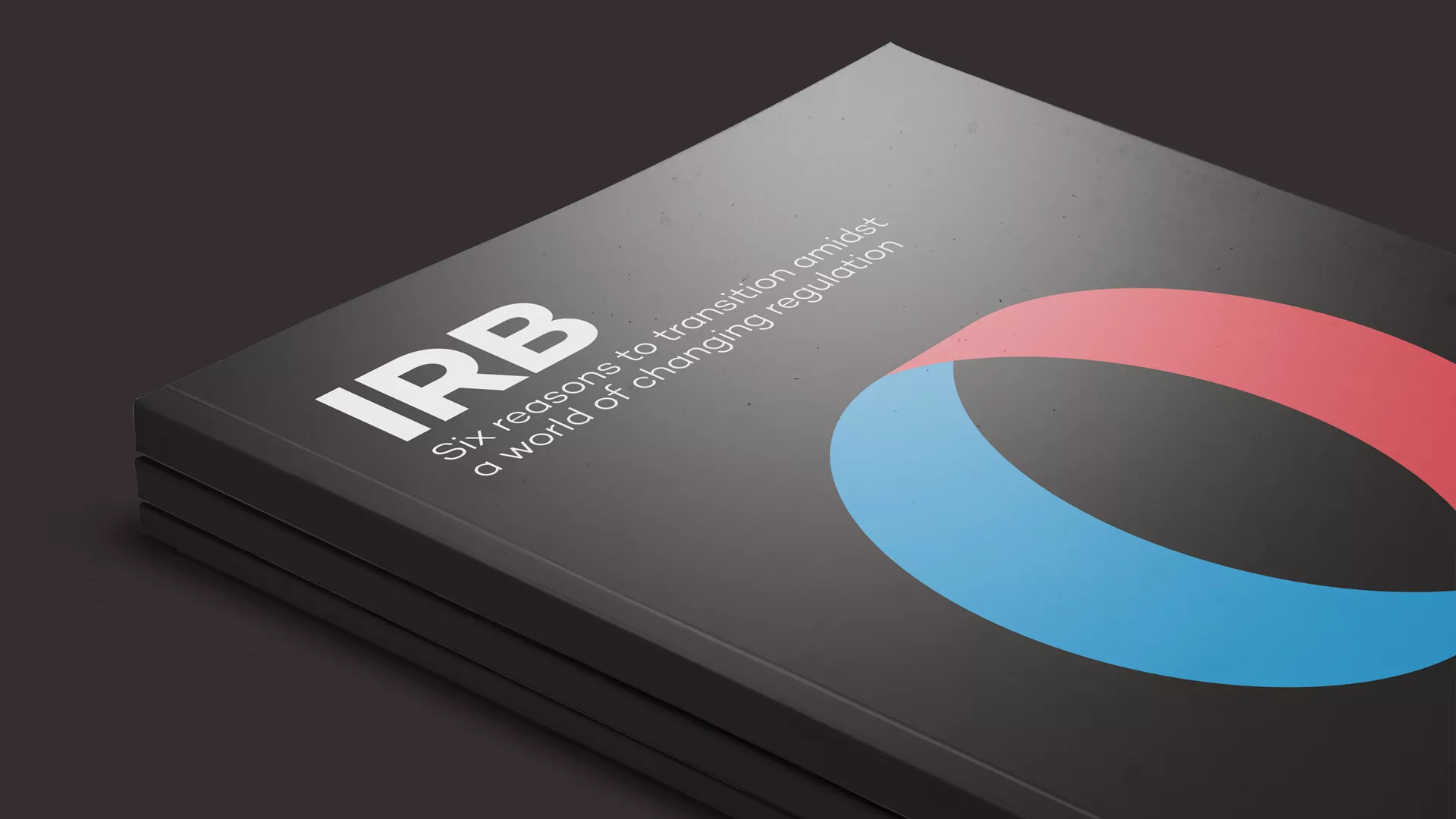With multiple pressures already bearing down on capital, how does a smaller bank cope with the dichotomy of having to lend to support the SME and mortgage market at a time when CRD IV combined capital buffers are increasing in time for 2019. Is now the time to be considering IRB as a means of optimising capital?
Regulatory change in banking
I heard last week that the banking sector is the second most heavily regulated industry after nuclear power. It is hardly surprising that prudential change is taking place at a frightening pace. Daily there are substantial regulatory change publications following considerable industrial dialogue and engagement.
This begs the question: how can the industry keep up with the scope and pace of change? Is the answer to lobby for consistent interpretation, and implement a solution that is both cost effective and strategically aligned to reflect Board level decision making? In my view the amount of regulatory change now increasingly justifies executive board or top level management focus.
Is the regulatory burden too high on banks
It came as no surprise that the MPC decided to keep interest rates unchanged last week, although I begin to sense that inflationary pressures are taking more of a hold than before. This creates myriad challenges on banks in the pursuit of sustainable operating profits. Consider the bigger picture here: the overall impact of foreseeably low interest rates, margins set at historically low levels, and a mass of new challenger and start up banks quoting for the same new business are all impacting heavily on revenue streams.
Consider still further then the ramifications of having to lend to support SMEs and the mortgage market at a time when regulatory buffers are starting to bite hard and at a time when increased regulatory change (for example IFRS9) adds pressure to cost bases through regulatory project investment.
This creates something of a paradox as banks are being required to hold substantially more capital in the form of CET1 by 2019 at a time when they also have to lend to support the domestic market. We also know that certain high risk, possibly revolving, facilities with large undrawn limits with lengthy contractual periods will attract greater provision under IFRS 9. So without a crystal ball in sight, it poses the question how are firms, especially the smaller banks, expected to weather the storm whilst keeping an eye on the distant horizon?
Optimising capital through internal means
Where does that leave a bank then? You get the impression of marketing teams potentially exploring new products and markets. Well possibly, but new initiatives of this nature take time to crystallise and are not likely to bear any real fruits for a while if that was the case. Are we to expect large bank rights issues to address the capital gap? Possibly, but unlikely as it risks compromising existing share prices at a time when investor appetite is perhaps not at a high at it once was.
Some of the banks would historically have set a course to generate organic retained earnings post-tax and dividend disbursements to bolster CET1 but this is a time consuming endeavour. We have to therefore look deeper. Rather than considering what else externally, we should be asking what else internally. How can we generate more by optimising what we have? The consideration towards an Internal Ratings Based (IRB) solution to risk modelling would seem to suggest a reasonable answer.
IRB as a means of capital optimisation
So back to the question, what we should be asking ourselves is why not begin to consider IRB as a means of capital optimisation?
It stands to reason that reducing capital requirements means there is more available to lend, thus creating more retained profit, thereby strengthening CET1 capital bases. Why tie up unnecessary capital at a time when profit margins are under pressure? Of course, this is not simply about capital savings. Crucially, IRB model outputs would help inform the right lending decisions, driven by firm specific metrics. Risk based pricing and capital efficient solutions would support a robust risk appetite framework.
Leveraging your work on IFRS 9
One further point to consider would be the obvious parallel with regards to IFRS 9 and the advancement for some banks into taking the huge first step towards IRB already. Substantial resources have been invested in creating the right data structure, segmentation, Probability of Default (PD), Loss Given Default (LGD) and Exposure at Default (EAD) within a controlled environment.
Clearly half way there already so could now be the right time to create multiple synergies and use the IFRS 9 plethora to begin to inform the capital dynamics within your IRB approach?
Getting value out of making better decisions
It ultimately should come back to basics. The banking model should be a simple one. Cash placed by way of depositors, is lent and invested to create a return. Somewhere along the way leverage, liquidity, capital and risk taking have moved the goalposts.
Surely it makes sense to consider the future, albeit slightly philosophically, within a world where a) the right decisions are made on the back of bespoke models b) operations and strategy, risk and finance are neatly interlocked. If we are talking about a fluid environment then are we not a step closer to running in a more efficient world. Better decisions, greater cohesion, enhanced judgements leading to greater rewards. IRB can put you on that course.
In this context, an IRB initiative would best suit the high number of start-up and challenger banks that were IPO over the last ten years. We saw some very significant and dynamic growth took place in those initial following years, so with a balance sheet approaching £1.5-2 billion (and certainly more in some cases) this is a realistic opportunity to seriously consider its costs and rewards.
In summary
It is crucial that banks get this right. Capital planning along with effective delivery of the new regulatory buffers and capital configurations around CET1 are necessary in time for 2019, and beyond. It puts a clear focus on capital strategy and makes it a catalyst by which you will be judged alongside your peer group. It may also go a long way towards bolstering future profitability.
In-spite of best endeavours however, not all banks aspire to these targets and meet the requirements. It is therefore imperative that you have access to the right experience, knowledge, skills and resources to ensure a sufficiently holistic and viable framework is in place to tackle this in advance.
So IRB or not to be. That is the question!

Discover six reasons why lenders should progress with an Internal Ratings Based (IRB) approach.
